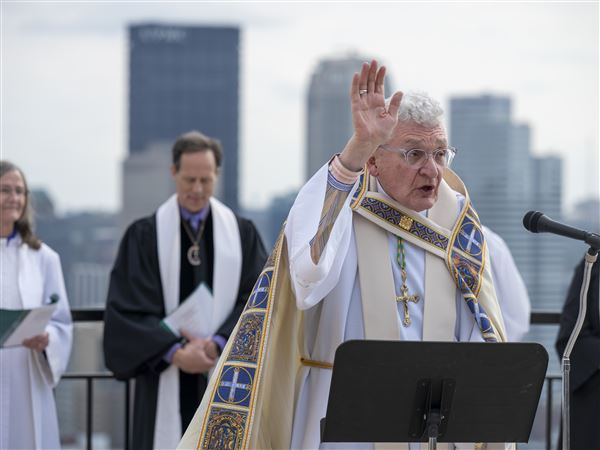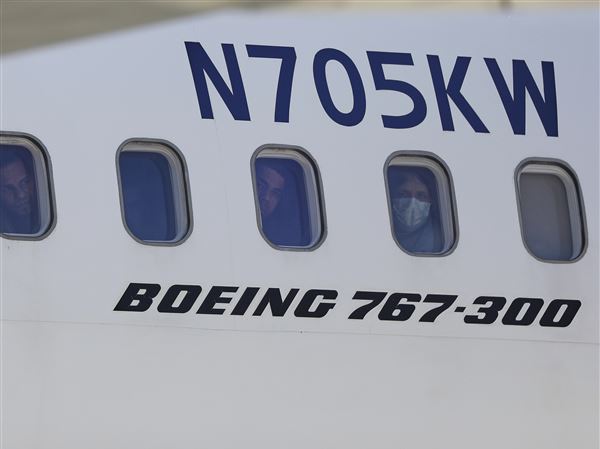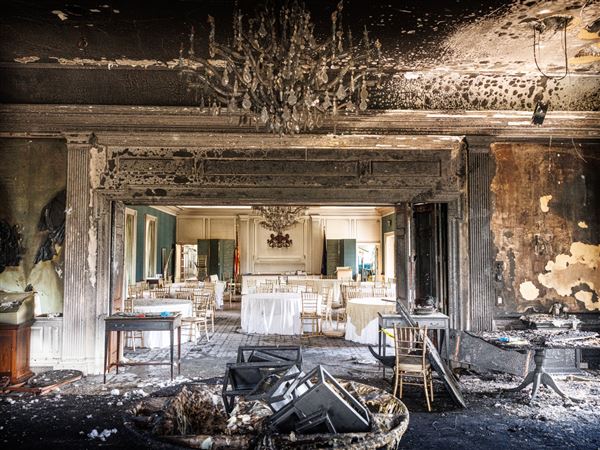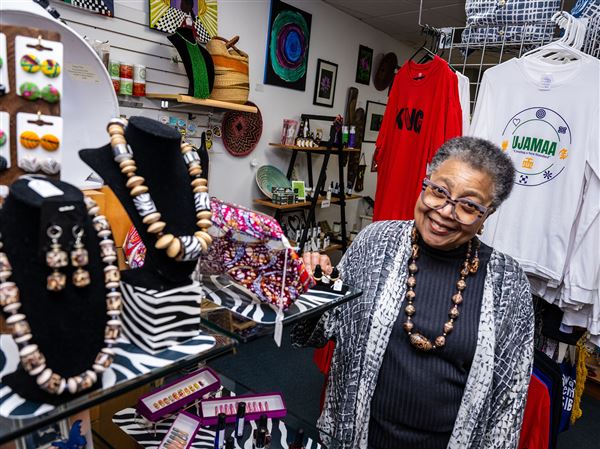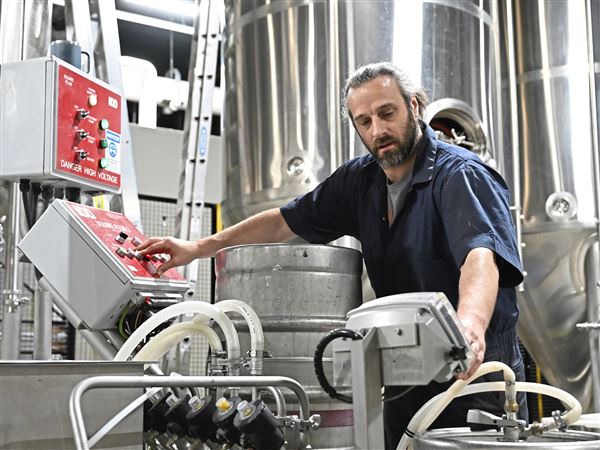Seventy-five years have passed since the Japanese navy unleashed two waves of fighter planes and bombers on the U.S. Pacific Fleet at Oahu, but for a team of government scientists, Pearl Harbor still isn’t over.
For them, the battle will go on until they identify the remains of hundreds of sailors and Marines using DNA and dental records.
For the past 18 months, their focus has been on remains of servicemen from the battleship USS Oklahoma that — until June 2015 — had been buried in Honolulu’s National Memorial Cemetery of the Pacific, also known as the Punchbowl because of its location in the crater of an extinct volcano.
The Defense POW/MIA Accounting Agency has identified the remains of 58 service members and has begun returning them to family members for funerals and reburial closer to their hometowns. That’s in addition to a total of six identifications made in 2003 and 2007 after the Department of Defense disinterred two caskets and were surprised to find teeth and bones belonging to numerous service members.
“It’s an honor to be able to work on these remains and be able to provide some answers to the families and hopefully provide remains back to families,” said Debra Prince Zinni, the forensic anthropologist who manages DPAA’s lab at Joint Base Pearl Harbor-Hickam.
The work has been tedious and painstaking as she and other scientists compare DNA in the remains with samples obtained from relatives of the missing.
More challenging is reassembling the mixed-up remains packaged into bundles and buried in 61 caskets.
In the immediate aftermath of the attack Dec. 7, 1941, the military inexplicably sorted the remains by body part — putting, for example, all the tibias in one casket and all the clavicles in another. At some point later, the bones were resorted into “individual” sets of remains. But the “individuals” that ended up in each bundle were actually an assemblage of bones from dozens of people that together created one complete skeleton.
That has made the work difficult for Ms. Zinni’s team, and could multiply the emotional toll on families that might receive some remains now and others months or years from now as more bones are identified. When remains are returned, families are asked whether they want to be contacted again when additional remains are found. If they say no, the additional remains are reburied with military honors.
The 2015 directive that allowed the exhumations gave DPAA five years to do its work, and Ms. Zinni said her team is making progress every day.
The directive also opened the door to exhumation of remains of other Pearl Harbor casualties buried in the Punchbowl. DPAA plans to begin work on USS West Virginia remains next.
The Navy initially opposed exhumation attempts, saying the remains should not be disturbed, but it relented after pressure from families that wanted closure.
The Department of Defense began allowing disinterments in April 2015. It’s authorization to exhume does not extend to remains at sea.
DPAA scientists believe there already are remains of service members from other ships mixed in with the USS Oklahoma remains already disinterred. That’s because there were 388 casualties from the Oklahoma, but scientists already have parsed them into at least 392 disparate DNA strains.
That isn’t surprising “if you think about the chaos of the day,” Ms. Zinni said. “There were individuals running onto different ships and running off of ships to help other people. There was just a lot of chaos going on that day.”
Now it’s her job to sort through that chaos to bring closure to families and to Pearl Harbor survivors, some of whom are scheduled to visit her lab this week after attending 75th anniversary remembrance ceremonies at the site where so many of their comrades lost their lives.
“It brings it back around full circle that we are going to get to meet some of these individuals who were there and who fought alongside these men we are trying to identify,” Ms. Zinni said. “It’s very humbling to be part of it.”
Other DPAA employees also say they feel a personal commitment to the mission.
“The memory of the event that happened here is still strong, and for DPAA what happened here at Pearl Harbor is not over,” said Maj. Natasha Waggoner, agency spokeswoman. “Pearl Harbor still goes on.”
Washington Bureau chief Tracie Mauriello: tmauriello@post-gazette.com, 703-996-9292 or @pgPoliTweets.
First Published: December 7, 2016, 5:00 a.m.
